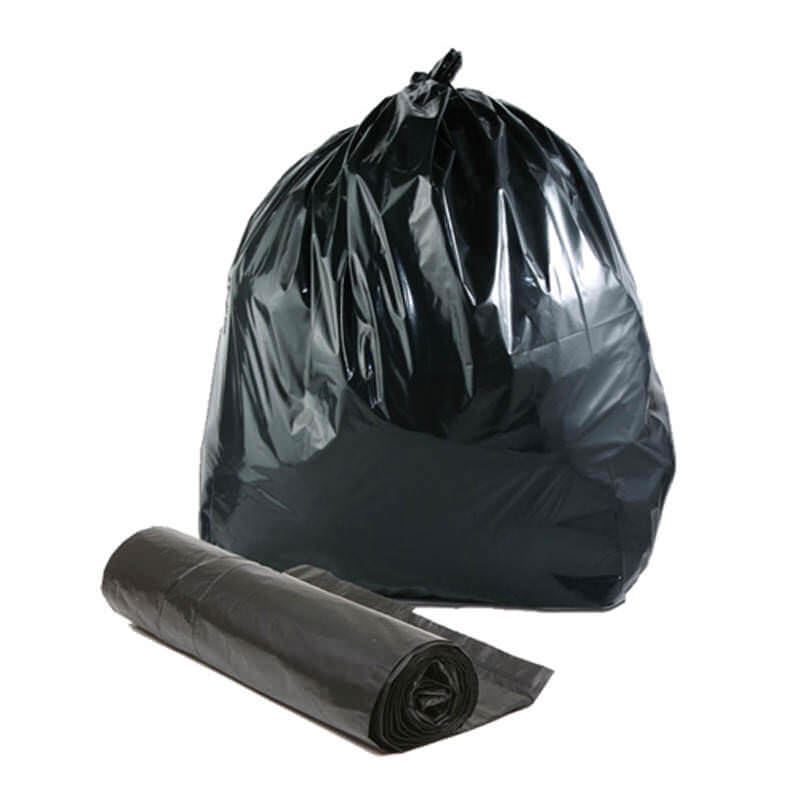Environmental pollution is defined as the undesirable change in physical, chemical and biological characters of air, water and soil. In other words, pollution is the release of those foreign substances in air, water or soil, which may kill or harm living organisms.
Pollution can be caused by natural or man-made sources. The natural sources of environmental pollution are: respiration by living organisms, decomposition of dead parts and bodies of animals and plants, forest fires, volcanic eruptions and light storms. The man-made sources of environmental pollution are: burning of fossil fuels such as coal, petroleum and natural gas in factories, motor vehicles and kitchens, mining of radioactive substances, nuclear power plants and deforestation.
The substances that cause environmental pollution are called pollutants. Some of the examples of pollutants are: DDT, insecticides, carbon monoxide, plastics, glass, sulphur dioxide, dust particles and smoke.
Classification of Pollutants
All the pollutants are generally classified into two groups:
1. Biodegradable pollutants
2. Non-biodegradable pollutants
Biodegradable Pollutants
Those pollutants which can be broken into simple and harmless substances by the activity of microorganisms are called biodegradable pollutants. Examples of biodegradable pollutants are: paper, wood, clothes, cattle dung, sewage, agricultural residue, leather and faecal matter.

Non-Biodegradable Pollutants
Those pollutants which cannot be broken into simple and harmless substances by the activity of microorganisms are called non-biodegradable pollutants. Examples of non-biodegradable pollutants are: DDT, plastics, metal containers, polythene bags, lead, mercury, radioactive wastes and detergents.

Test Your Understanding and Answer These Questions:
